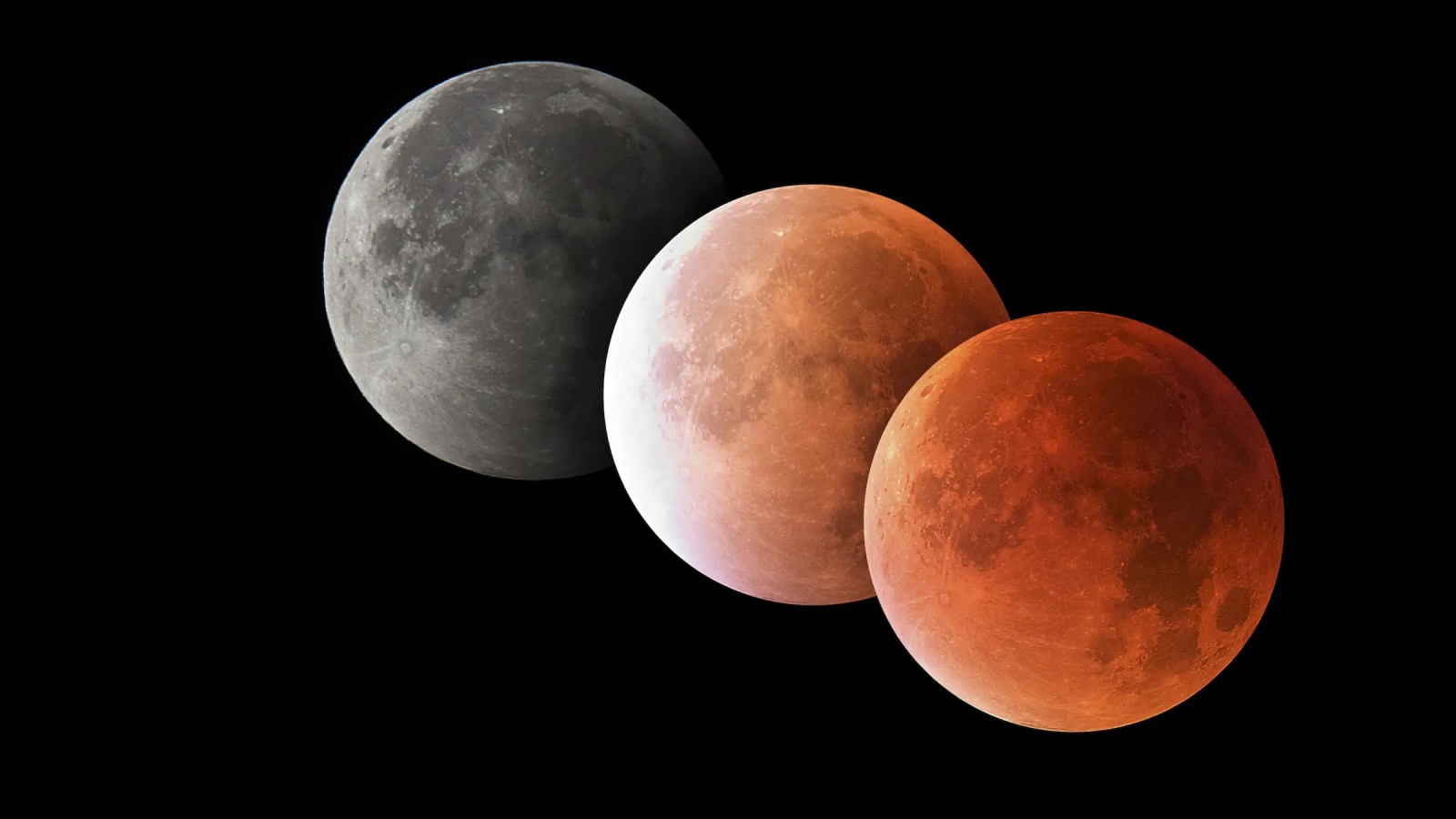The longest partial lunar eclipse will occur next week, on November 18 and 19, and will be seen in all 50 U.S. states.
The almost-total eclipse of the Micro Beaver Full Moon will last roughly 3 hours, 28 minutes, and 23 seconds, beginning at approximately 2:19 a.m. EST (7:19 a.m. UTC), peaking at 4 a.m. EST (9 a.m. UTC) and ending at 5:47 a.m. EST (10:47 a.m. UTC). The Micro Beaver moon is so named because it happens at its farthest point from Earth, just before the beaver-trapping season begins.
The partial lunar eclipse, in which Earth’s shadow covers 97 percent of the full Moon, will be the longest by far, dwarfing the duration of the most outstanding total lunar eclipse this century, which lasted 1 hour and 43 minutes in 2018. According to Butler University’s Holcomb Observatory, the next eclipse will be the longest partial lunar eclipse in 580 years.
When Earth is going to go from between the Moon and the Sun, our planet’s shadow eclipses or “falls on” the Moon. The Moon can be painted a dark, rusty red by the shadow, which can block all or most of the Sun’s light in the case of a partial eclipse.
While being immediately obstructed by Earth’s umbra, or the deepest section of its shadow, the Sun’s light bends around our globe and passes through our atmosphere to reach the Moon. According to earlier reports, the Earth’s atmosphere filters off shorter, bluer wavelengths of light while allowing red and orange wavelengths. After passing through Earth’s atmosphere to the Moon, bathing it in a rich mahogany-red hue.
On Friday, November 19, 2021, the only light that will reach the lunar surface will have been filtered via Earth’s atmosphere during the Moon’s lengthy voyage through Earth’s shadow.
Short-wavelength blue light from the Sun scatters when it reaches molecules in the Earth’s atmosphere, whereas longer-wavelength red and orange light usually passes through, striking fewer molecules. As a result, the primary hue of light we’ll see on the Moon during that brief period will be red.
The mechanics are the same as they are for a sunrise or sunset. In reality, the effect of a lunar eclipse is similar to hundreds of sunrises and sunsets being projected onto the lunar surface.
North America, the Pacific Ocean, Alaska, Western Europe, eastern Australia, New Zealand, and Japan will see the eclipse. Though the early parts of the eclipse occur before moonrise in east Asia, Australia, and New Zealand, eclipse-watchers in these areas will be able to observe the eclipse as it reaches its peak. Viewers in South America and Western Europe, on the other hand, will watch the Moon set before the eclipse peaks.
Unfortunately, the eclipse cannot be seen from Africa, the Middle East, or Western Asia. Clouds may obscure the Moon’s view in other regions, so checking weather forecasts before a scheduled viewing is essential. If you miss this one, don’t worry; lunar eclipses occur twice a year, and there will be a complete lunar eclipse between May 15 and 16, 2022, followed by another between Nov. 7 and 8, later that year.
Each month, the Moon’s elliptical orbit takes it to a near point (perigee or “supermoon”) and a distant point (apogee). This month also has the furthest apogee Moon, which occurs only 1.7 days following the eclipse. Because it’s so far away, the Earth’s shadow is more significant. Thus it takes longer to pass through it, resulting in an abnormally profound lunar eclipse.











Leave a Reply